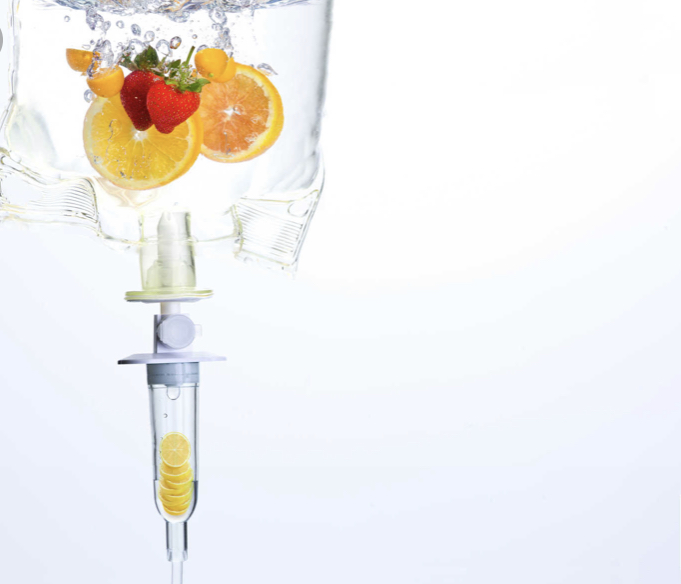
SUNDAY SHUTDOWN #22 VITAMIN DRIPS ?⠀
I spoke about these in my stories earlier this week but for those who missed it here’s a pretty short and sharp update for you.⠀
There are various companies now offering infusion drips and booster shots that claim to improve your health for all types of reasons. From making you fitter, slimmer, boosting energy, topping up vitamin levels and most recently improving your chances of fertility there is no truth behind any of this. In fact, @getadrip in London were made to remove their #fertilitydrip because there is no science supporting it. I’m waiting for the rest to follow…⠀
Let’s just think about this shall we, you pay a couple of hundred pounds of your hard earned cash for someone in a shop to put a needle in your arm which can help make you slim ?⠀
Guys and gals please use your critical brain to second guess this stuff. Drips should be used in hospitals, they are there for people who are sick and need help. Not a quick fix for your body.⠀
Becoming fitter, losing weight and striving for optimum health takes time, probably longer than you think. It’s not easy. You have to put the effort in and get the right support to help you. And a drip is not supporting you.⠀
Finally give your body the respect it deserves by looking after it in the long term, rather than an afternoon. It will thank-you for consistently eating more fibre and vegetables than being infused with vitamin B12 for a few hours.⠀
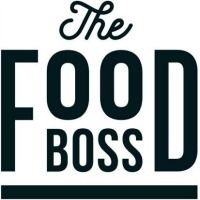

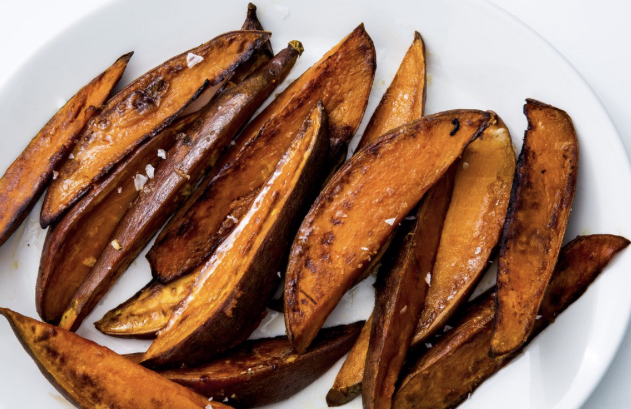
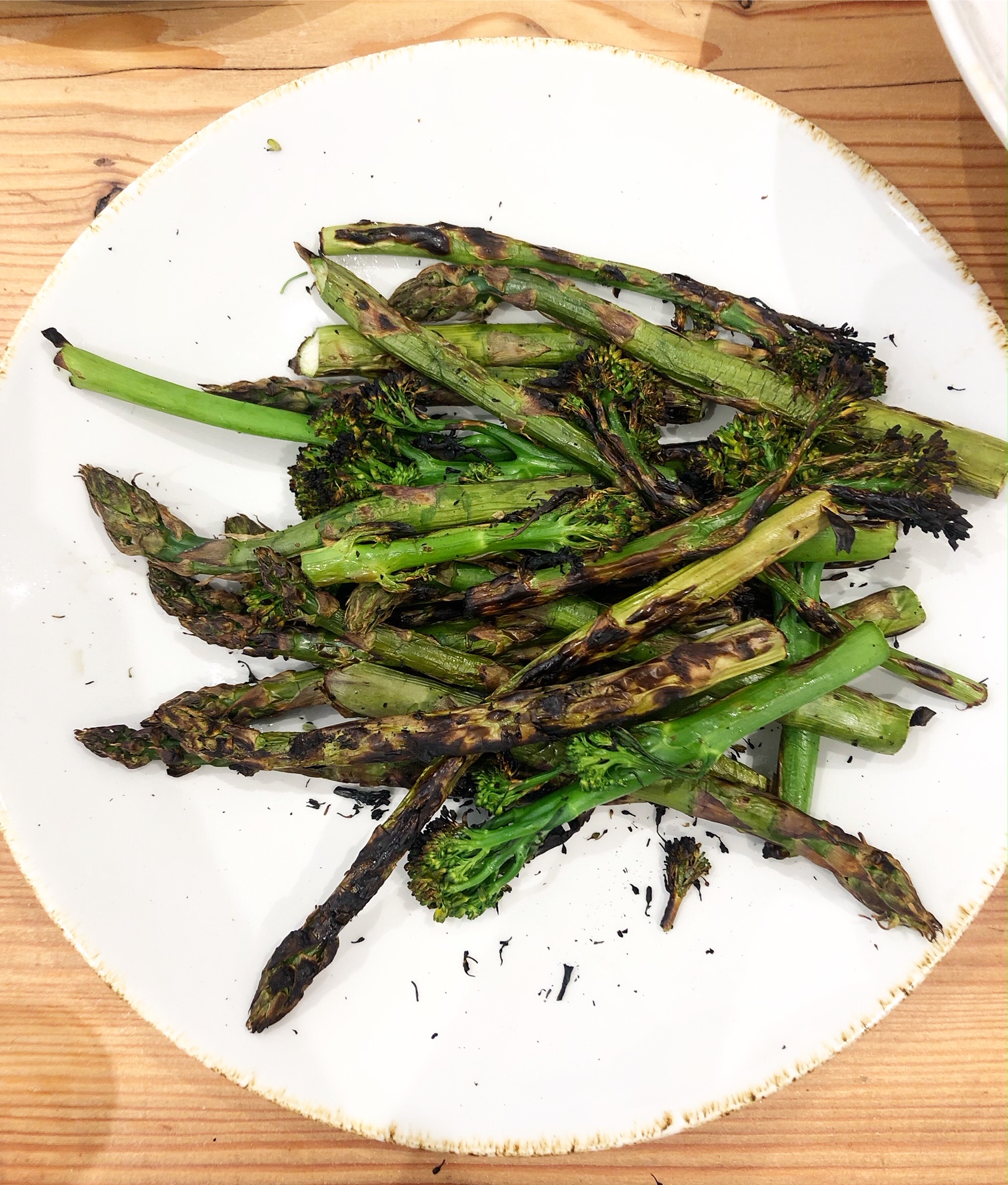

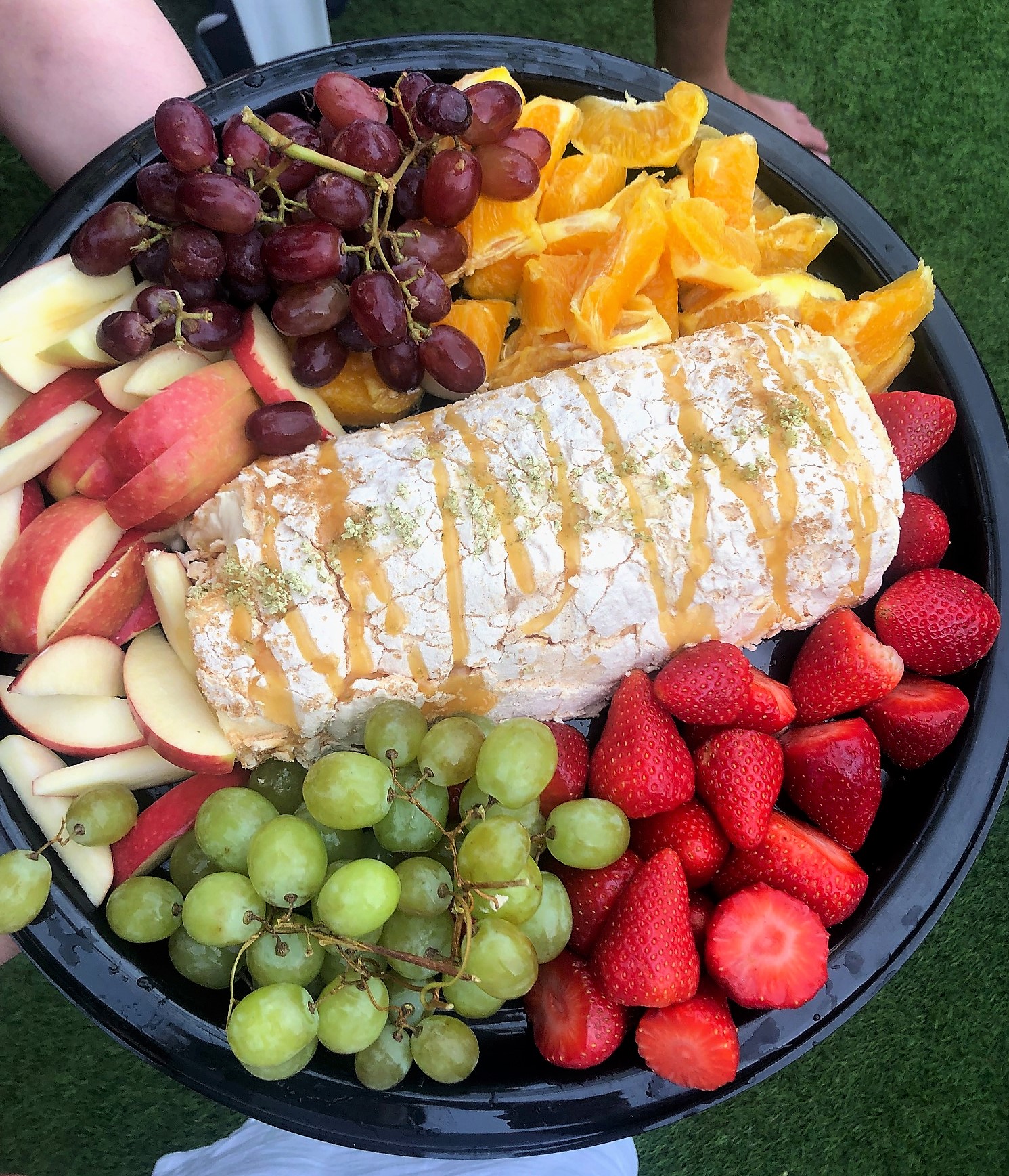
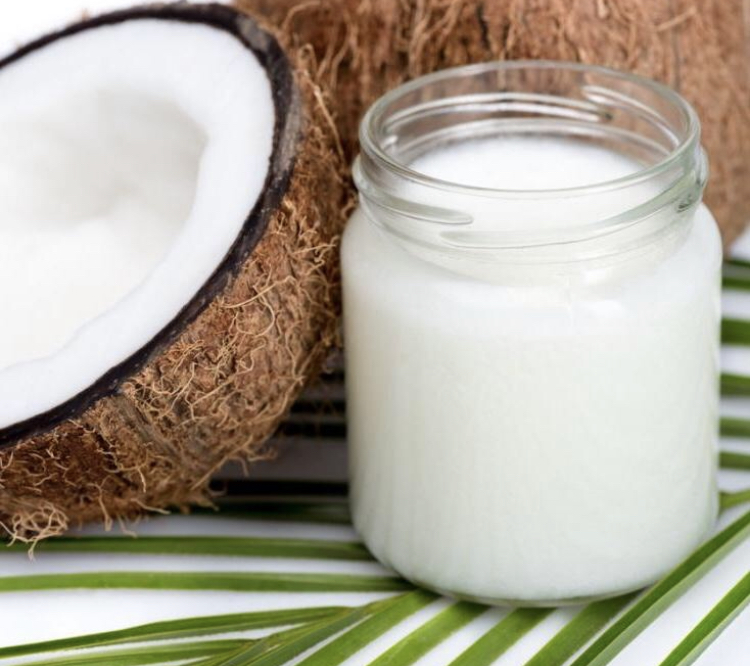
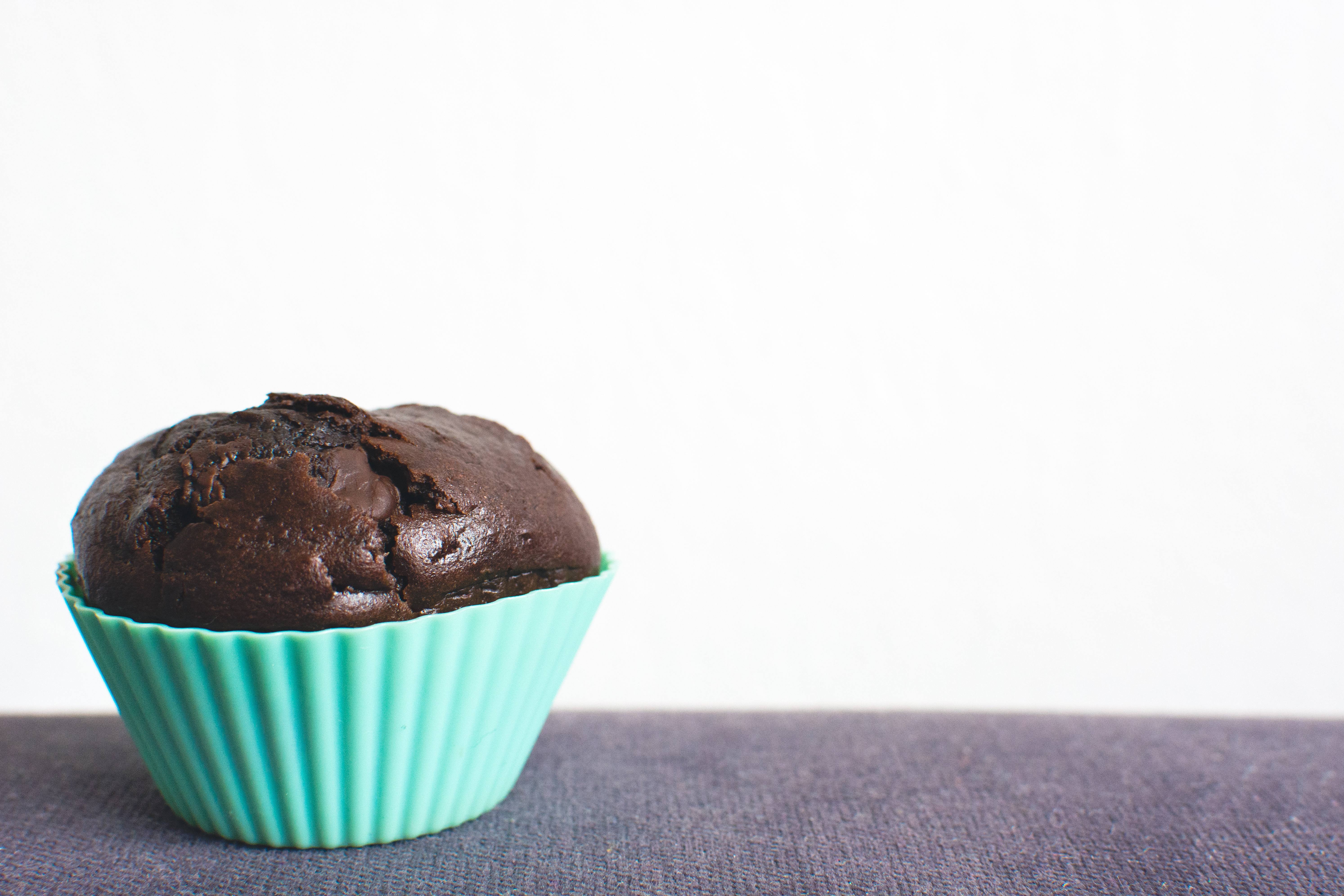
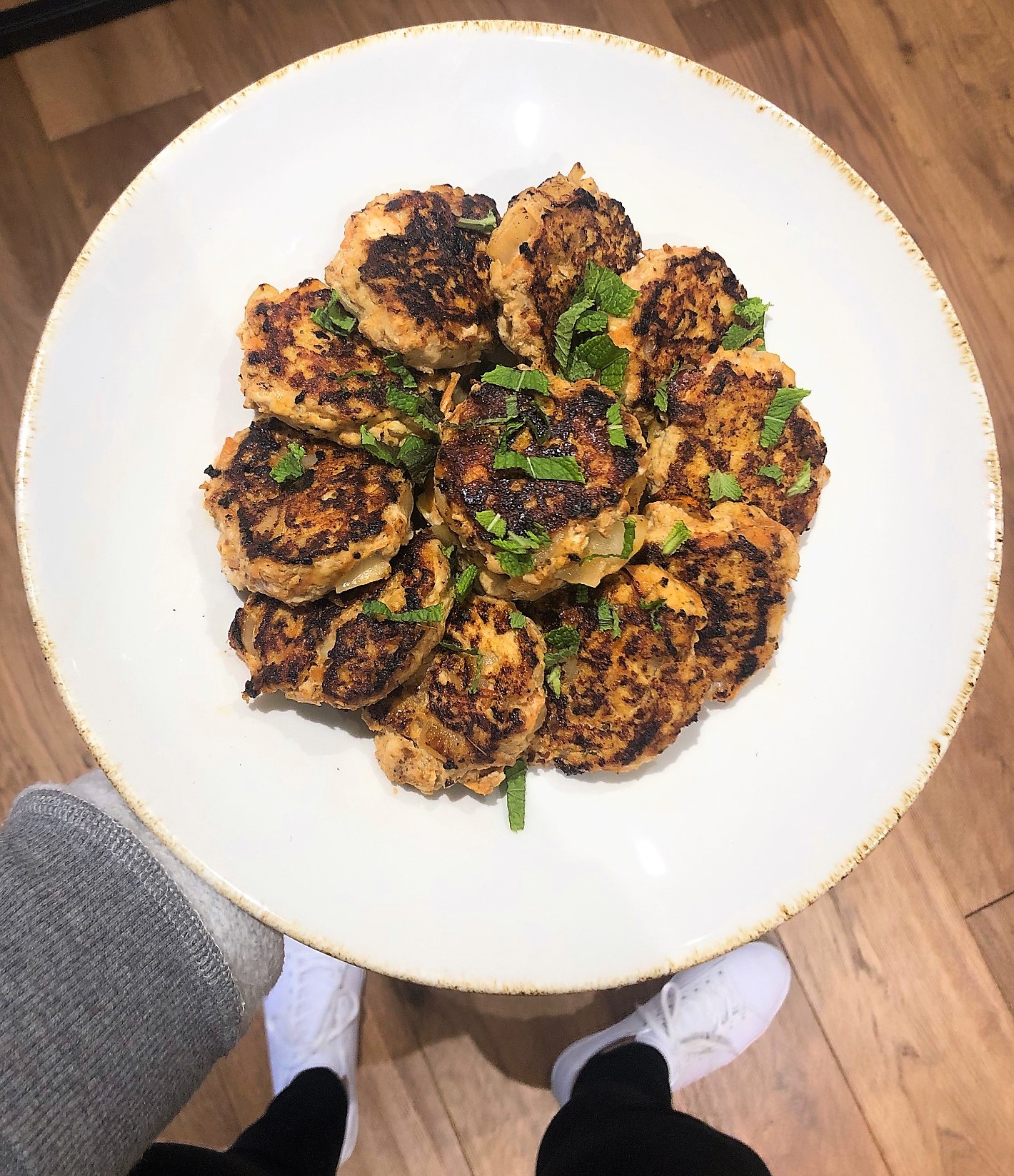
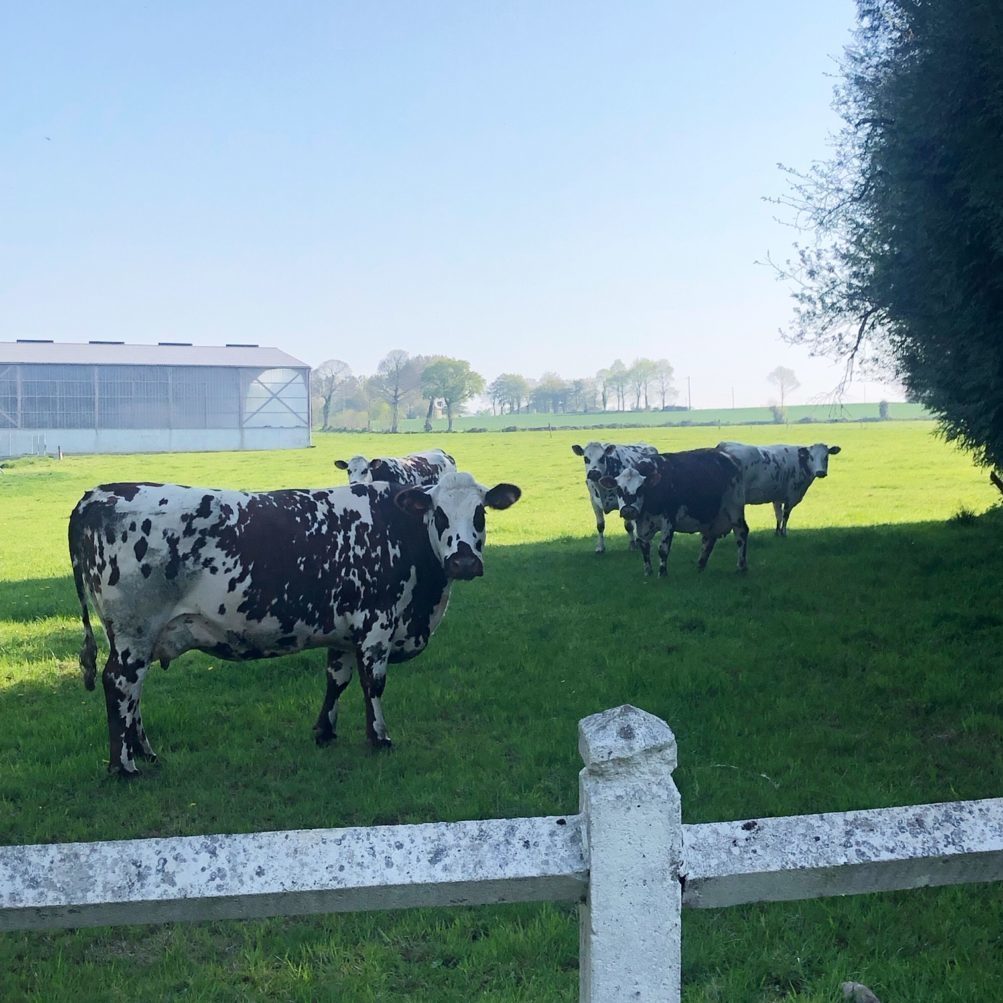
Recent Comments